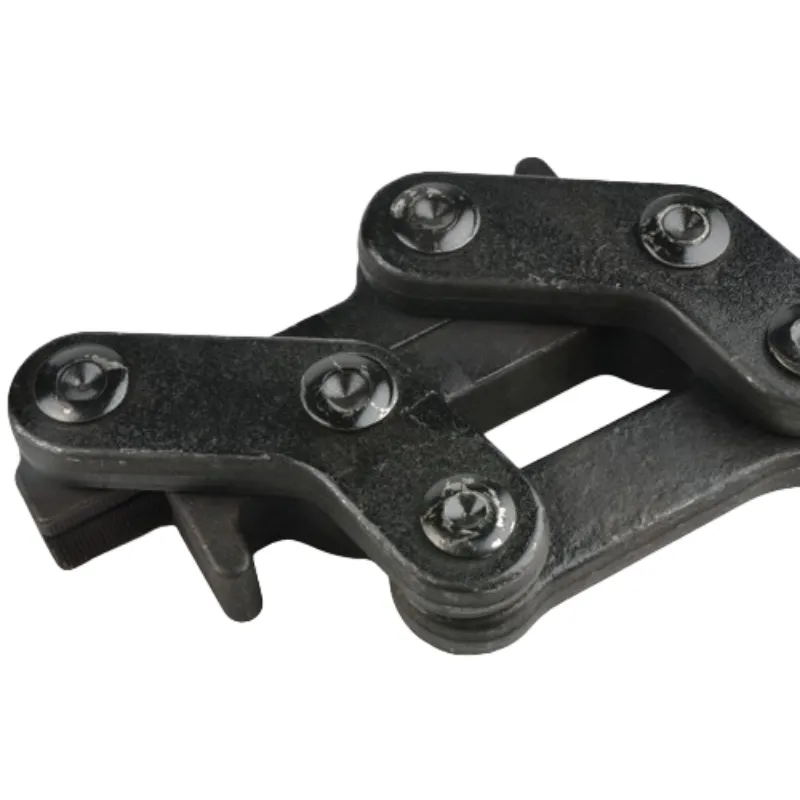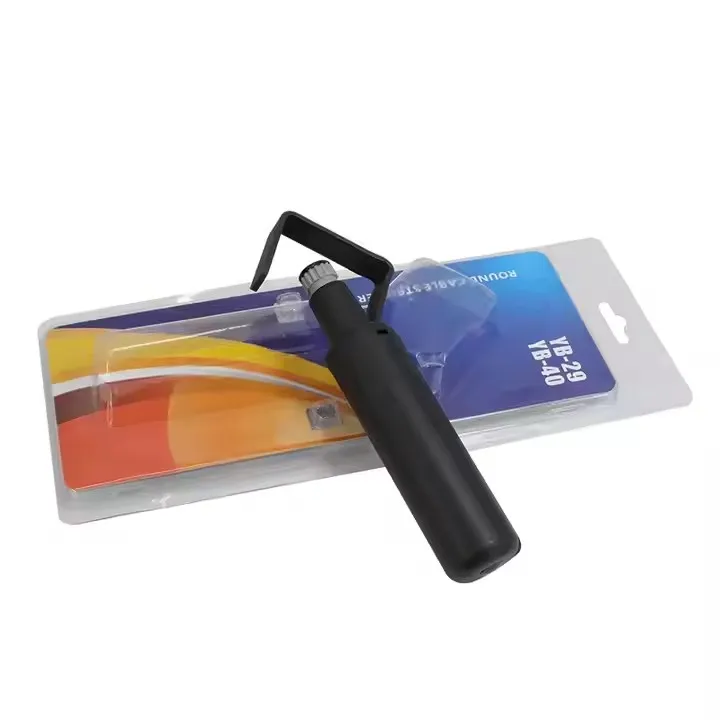
-
 Afrikaans
Afrikaans -
 Albanian
Albanian -
 Amharic
Amharic -
 Arabic
Arabic -
 Armenian
Armenian -
 Azerbaijani
Azerbaijani -
 Basque
Basque -
 Belarusian
Belarusian -
 Bengali
Bengali -
 Bosnian
Bosnian -
 Bulgarian
Bulgarian -
 Catalan
Catalan -
 Cebuano
Cebuano -
 Corsican
Corsican -
 Croatian
Croatian -
 Czech
Czech -
 Danish
Danish -
 Dutch
Dutch -
 English
English -
 Esperanto
Esperanto -
 Estonian
Estonian -
 Finnish
Finnish -
 French
French -
 Frisian
Frisian -
 Galician
Galician -
 Georgian
Georgian -
 German
German -
 Greek
Greek -
 Gujarati
Gujarati -
 Haitian Creole
Haitian Creole -
 hausa
hausa -
 hawaiian
hawaiian -
 Hebrew
Hebrew -
 Hindi
Hindi -
 Miao
Miao -
 Hungarian
Hungarian -
 Icelandic
Icelandic -
 igbo
igbo -
 Indonesian
Indonesian -
 irish
irish -
 Italian
Italian -
 Japanese
Japanese -
 Javanese
Javanese -
 Kannada
Kannada -
 kazakh
kazakh -
 Khmer
Khmer -
 Rwandese
Rwandese -
 Korean
Korean -
 Kurdish
Kurdish -
 Kyrgyz
Kyrgyz -
 Lao
Lao -
 Latin
Latin -
 Latvian
Latvian -
 Lithuanian
Lithuanian -
 Luxembourgish
Luxembourgish -
 Macedonian
Macedonian -
 Malgashi
Malgashi -
 Malay
Malay -
 Malayalam
Malayalam -
 Maltese
Maltese -
 Maori
Maori -
 Marathi
Marathi -
 Mongolian
Mongolian -
 Myanmar
Myanmar -
 Nepali
Nepali -
 Norwegian
Norwegian -
 Norwegian
Norwegian -
 Occitan
Occitan -
 Pashto
Pashto -
 Persian
Persian -
 Polish
Polish -
 Portuguese
Portuguese -
 Punjabi
Punjabi -
 Romanian
Romanian -
 Russian
Russian -
 Samoan
Samoan -
 Scottish Gaelic
Scottish Gaelic -
 Serbian
Serbian -
 Sesotho
Sesotho -
 Shona
Shona -
 Sindhi
Sindhi -
 Sinhala
Sinhala -
 Slovak
Slovak -
 Slovenian
Slovenian -
 Somali
Somali -
 Spanish
Spanish -
 Sundanese
Sundanese -
 Swahili
Swahili -
 Swedish
Swedish -
 Tagalog
Tagalog -
 Tajik
Tajik -
 Tamil
Tamil -
 Tatar
Tatar -
 Telugu
Telugu -
 Thai
Thai -
 Turkish
Turkish -
 Turkmen
Turkmen -
 Ukrainian
Ukrainian -
 Urdu
Urdu -
 Uighur
Uighur -
 Uzbek
Uzbek -
 Vietnamese
Vietnamese -
 Welsh
Welsh -
 Bantu
Bantu -
 Yiddish
Yiddish -
 Yoruba
Yoruba -
 Zulu
Zulu


TEL:
0086-311-88862036
Feb . 13, 2025 20:04 Back to list
Triple Twisted Strand Cable Puller/fish Tape
Receiver winches have emerged as indispensable tools for off-road enthusiasts and professionals alike, playing a crucial role in vehicle recovery and utility applications. These devices, often mounted on the front or rear of vehicles, offer a blend of power, reliability, and versatility. In this deep dive, we will explore the intricate details around receiver winches, emphasizing user experiences, professional insights, and their industry standing, all of which contribute to their growing trust and credibility within the automotive sector.
Receiver winches also command respect due to their authoritative presence in the market. Leading brands have consistently refined their models to ensure maximum safety and performance standards, aligning with international safety regulations. Companies like Warn and Smittybilt command a significant portion of the market share, a testament to their products' reliability and innovative features. These manufacturers often provide comprehensive warranties, ensuring that consumers receive support and assurance with their purchase. As for trustworthiness, a receiver winch represents an investment in peace of mind. Users across forums and review platforms frequently highlight stories where their winch played a pivotal role in crisis situations. This trust is not just built on anecdotal success, but also on the technical specifications and rigorous testing conducted by manufacturers before a product reaches the consumer market. Independent testing labs and automotive testing organizations routinely examine receiver winches for compliance and performance, adding a layer of credibility to the claims made by producers. In summary, receiver winches combine practical utility with engineering precision to deliver reliable vehicle recovery solutions. Through firsthand user experiences, expert recommendations, and adherence to industry standards, these devices have secured their reputation not just as accessories, but as essential components for anyone serious about off-roading or professional vehicle tasks. The investment in a high-quality receiver winch is an investment in safety, resilience, and trustworthiness, ensuring that when the road less traveled becomes a trial of endurance, recovery is just a winch away.


Receiver winches also command respect due to their authoritative presence in the market. Leading brands have consistently refined their models to ensure maximum safety and performance standards, aligning with international safety regulations. Companies like Warn and Smittybilt command a significant portion of the market share, a testament to their products' reliability and innovative features. These manufacturers often provide comprehensive warranties, ensuring that consumers receive support and assurance with their purchase. As for trustworthiness, a receiver winch represents an investment in peace of mind. Users across forums and review platforms frequently highlight stories where their winch played a pivotal role in crisis situations. This trust is not just built on anecdotal success, but also on the technical specifications and rigorous testing conducted by manufacturers before a product reaches the consumer market. Independent testing labs and automotive testing organizations routinely examine receiver winches for compliance and performance, adding a layer of credibility to the claims made by producers. In summary, receiver winches combine practical utility with engineering precision to deliver reliable vehicle recovery solutions. Through firsthand user experiences, expert recommendations, and adherence to industry standards, these devices have secured their reputation not just as accessories, but as essential components for anyone serious about off-roading or professional vehicle tasks. The investment in a high-quality receiver winch is an investment in safety, resilience, and trustworthiness, ensuring that when the road less traveled becomes a trial of endurance, recovery is just a winch away.
Latest news
What Are Construction Tools and How Are They Used?
NewsJul.11,2025
Professional-Grade Duct Rodding Tools for Superior Cable Installation
NewsJul.11,2025
Enhancing Safety and Efficiency with Modern Hot Stick Solutions
NewsJul.11,2025
Empowering Cable Installation with Advanced Rodder Solutions
NewsJul.11,2025
Elevate Your Cable Installation Projects with Cable Pulling Tools
NewsJul.11,2025
Efficient Cable Handling Solutions: Cable Rollers for Sale
NewsJul.11,2025
Copyright © 2025 Shijiazhuang Bilo Import and Export Trading Co., Ltd. All Rights Reserved. Sitemap | Privacy Policy

BlLo lmport & Éxport is specialized in power and cable equipment andconsiruction tools,Qur main producis are FRP
duct rodder, cable rollerscable pulling winch, cable drum jack, cable pulling sock, etc.
Copyright © 2025 Shijiazhuang Bilo Import and Export Trading Co., Ltd. All Rights Reserved. Sitemap | Privacy Policy










